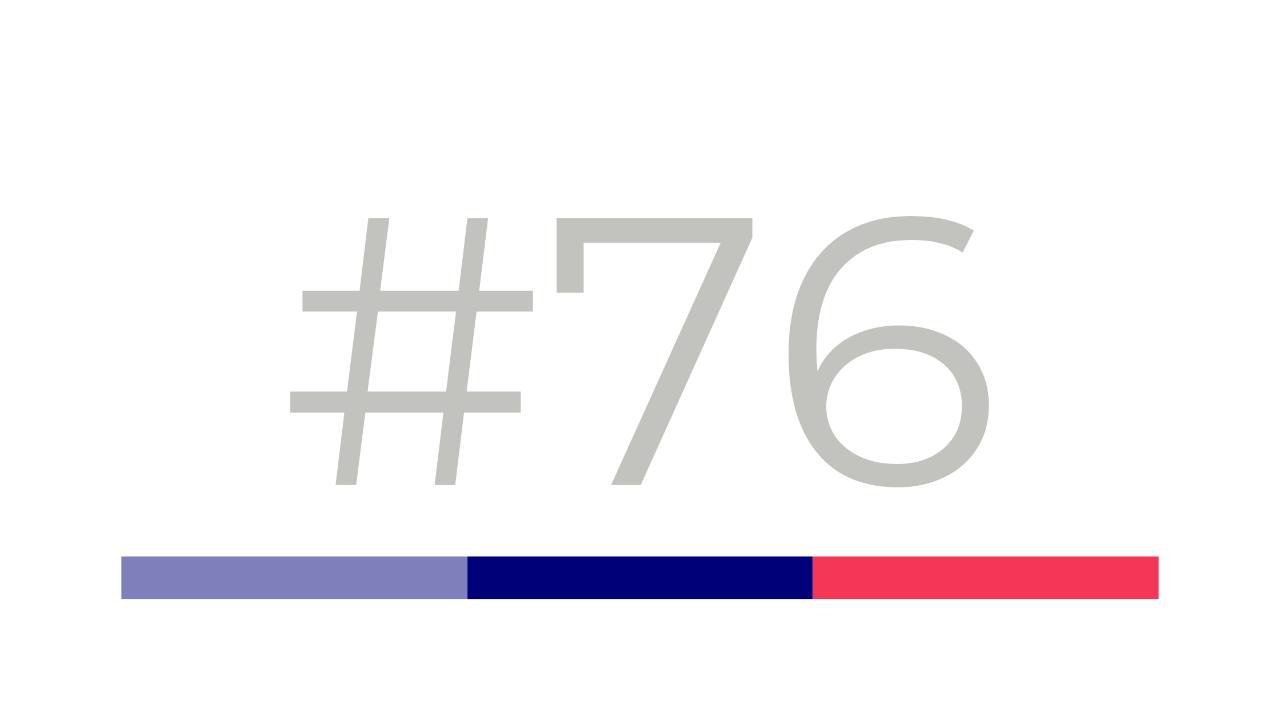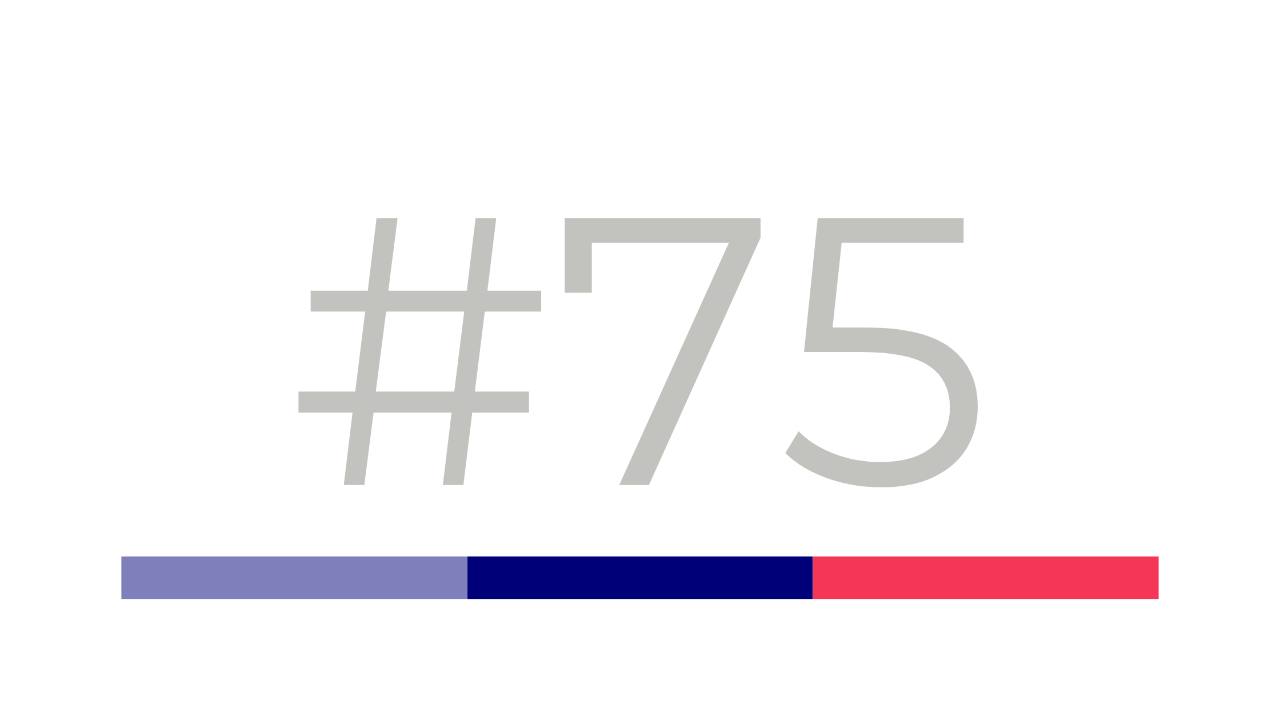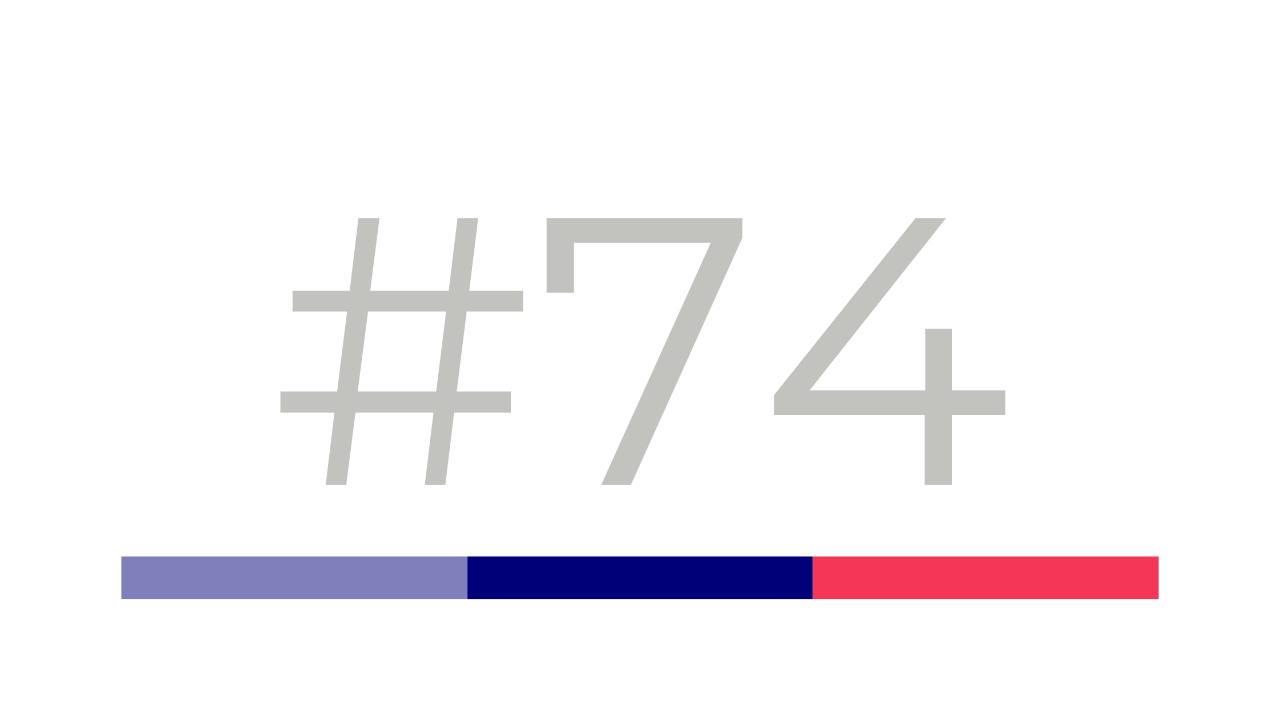Your stories are good. Your endings are weak.

Let’s get real for a second.
You’ve been told that telling stories in interviews is essential... and it is. But even great stories don’t land if they end like a shrug.
You describe the problem. You explain what you did. You walk them through your process…
And then? You stop.
In psychology, this is called the Recency Effect.
People remember the last thing you said more than anything else.
So if you end your story with something vague like “and it worked out well,” that’s all they’ll remember.
Which means you don’t stick.
Why This Matters to You
Hiring managers are listening for two things:
-
Can this person deliver results?
-
Can they think beyond their role and impact a larger system?
If you can’t connect your story to business outcomes, you’re just another applicant who “cares a lot.”
Guess who else cares a lot? Everyone. That won't help you stand out.
Common Solutions and Why They Might Not Work
Let’s break down the endings of stories we've all told:
-
“Student engagement improved.” Okay... And then what?
-
“It was really successful.” Says who?
-
“I learned a lot.” Great. But this isn’t your personal blog.
You’re not telling stories with endings like this.
You’re delivering mushy, feel-good stuff that forces hiring managers to imagine how valuable you are.
That’s their least favorite chore.
A Better Approach for You
Here’s how to fix it:
👉 End every story with: “Result: X. Next: scale Y across Z teams.”
This simple formula helps you sound clear, strategic, and business-ready.
Let’s make it real:
✅ “I redesigned our 8th grade math assessments to reduce grading time.
Result: Cut grading hours by 30% per teacher per week.
Next: Created a training doc to roll it out to the 6th and 7th grade teams.”
✅ “I created a simple tracker in Google Sheets to help my grade-level team keep up with parent communication.”
Result: Helped us cut response time in half and avoid missed follow-ups during conferences.
Next: I shared it at a staff meeting, and a few other teams started using it too.
✅ “I streamlined how I prepped and shared sub plans by making a reusable template with links to all materials.”
Result: Saved me at least an hour every time I was out and made life easier for subs.
Next: I dropped it in the shared drive for my department so others could use it too.
✅ “I built a digital system to track IEP compliance.
Result: Increased on-time reporting from 72% to 97%.
Next: Presented it to leadership and created a rollout plan for three schools.”
This says: I solve problems. I make systems. I think beyond myself.
Summary
-
The end of your story is what people remember most.
-
Weak endings make strong work forgettable.
-
Use the format: “Result: X. Next: scale Y across Z teams.”
-
This proves you’re someone who thinks in terms of outcomes, not just effort.
Your Next Steps
-
Try this: Answer the question
“Tell me about the project you're most proud of from your time as an educator.”Then, apply the formula:
Result: X. Next: scale Y across Z teams. -
Practice saying it out loud. Notice how much more confident and clear it sounds.
-
Start using this in interviews, resume bullets, and your LinkedIn profile.
This one-two punch makes people see your value instantly.
P.s.
If you're done telling stories that almost land, my Career Change Accelerator™ will help you turn every project into proof you’re ready for your next career with strategies like this built in.
Hope you'll give this a try.
See you next week.

Steph Yesil
Find me on LinkedIn, Get My Career Change Kit,
Book a 60-Min Strategy Call





